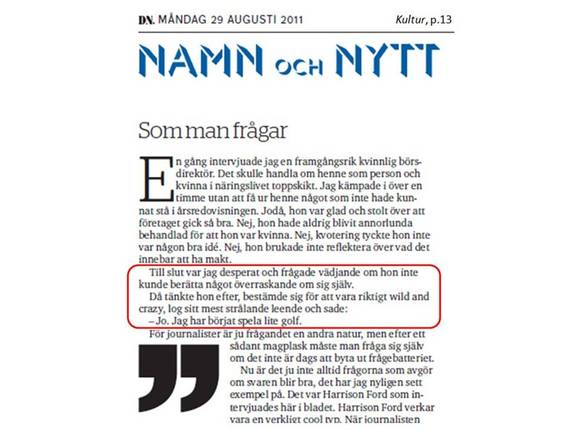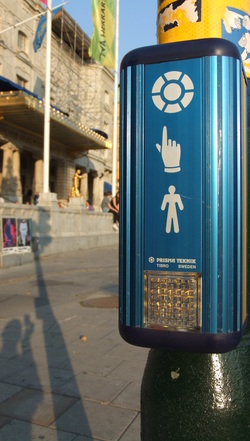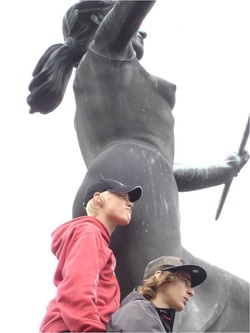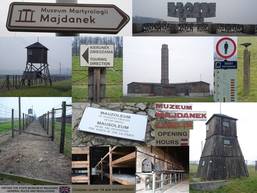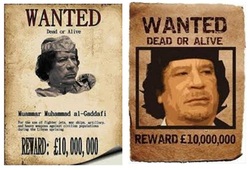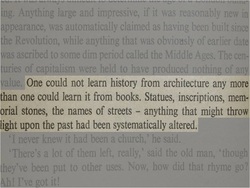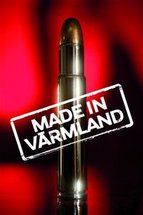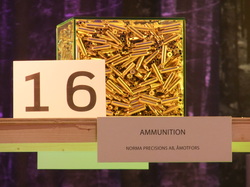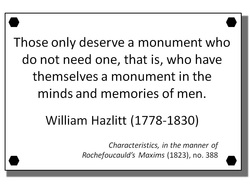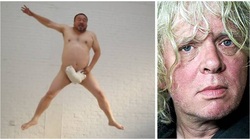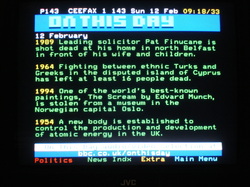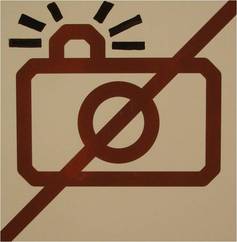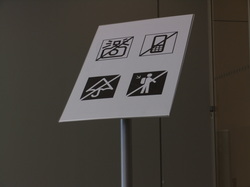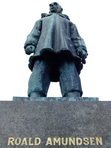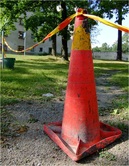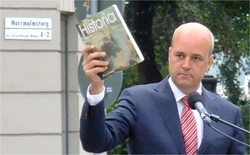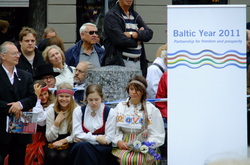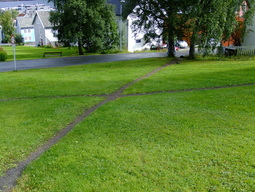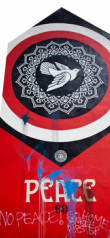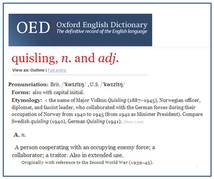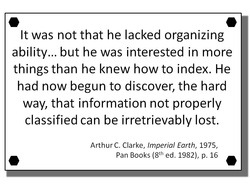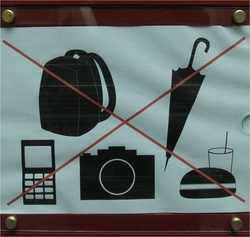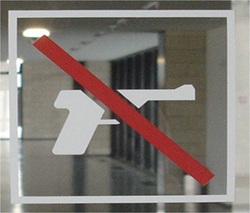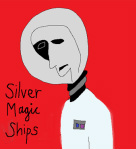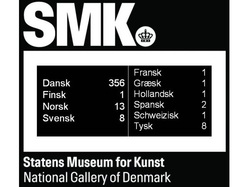
Some of these "lines" are, however, noticeably broader and longer than others. If my maths is correct, nine out of ten works are by Danish artists. Holland, France and Switzerland are as well represented as Finland, i.e. by the presence of a single artwork for each country.
So, despite its title, this is not really an exhibition about Nordic art. Even if notions of national identity, taste and interpretation are occasionally questioned, this presentation of Danish art follows the same "line" as that taken by Denmark’s first art historian, Niels Laurits Høyen in an essay from 1863 entitled, "On National Art". An extract from this publication appears on one of the gallery walls (room 218A). It reads:
"Believe me! The safest, surest, and straightest road to building ever closer ties with our brothers
in Sweden and Norway is to affirm ourselves as Danish, including in our art; to bring our nationality,
our country, our myths to bear; to show that we need no borrowed feathers for our adornment." (1)
If Høyen were alive today he would surely be delighted to see that, in the year 2011, Statens Museum for Kunst had the audacity to give the title "Danish and Nordic Art 1750-1900" to an exhibition in which 356 out of 392 works are by Danish artists.
______
(1) This text is included in Høyen's Skrifter of 1871 (p. 182) and reads: "Tror mig! den sikreste og retteste Vej til bestandig at komme i nærmere og nærmere Forbindelse med vore Brødre i Sverig og Norge, er at hævde os selv som Danske, ogsaa i vor Konst at gjøre vor Nationalitet, vort Land, vore Sagn gjældende, at vise, at vi ikke behøve at bruge fremmede Fjer for at smykke os med."
__________
Supplemental
(24/11/2011)
This blog posting has been developed further and used as the basis for the following article:
Burch, Stuart (2011) "Ude godt, men hjemme bedst: Dansk og Nordisk Kunst 1750-1900",
Danske Museer, Vol. 24, No. 5, pp. 9-13
